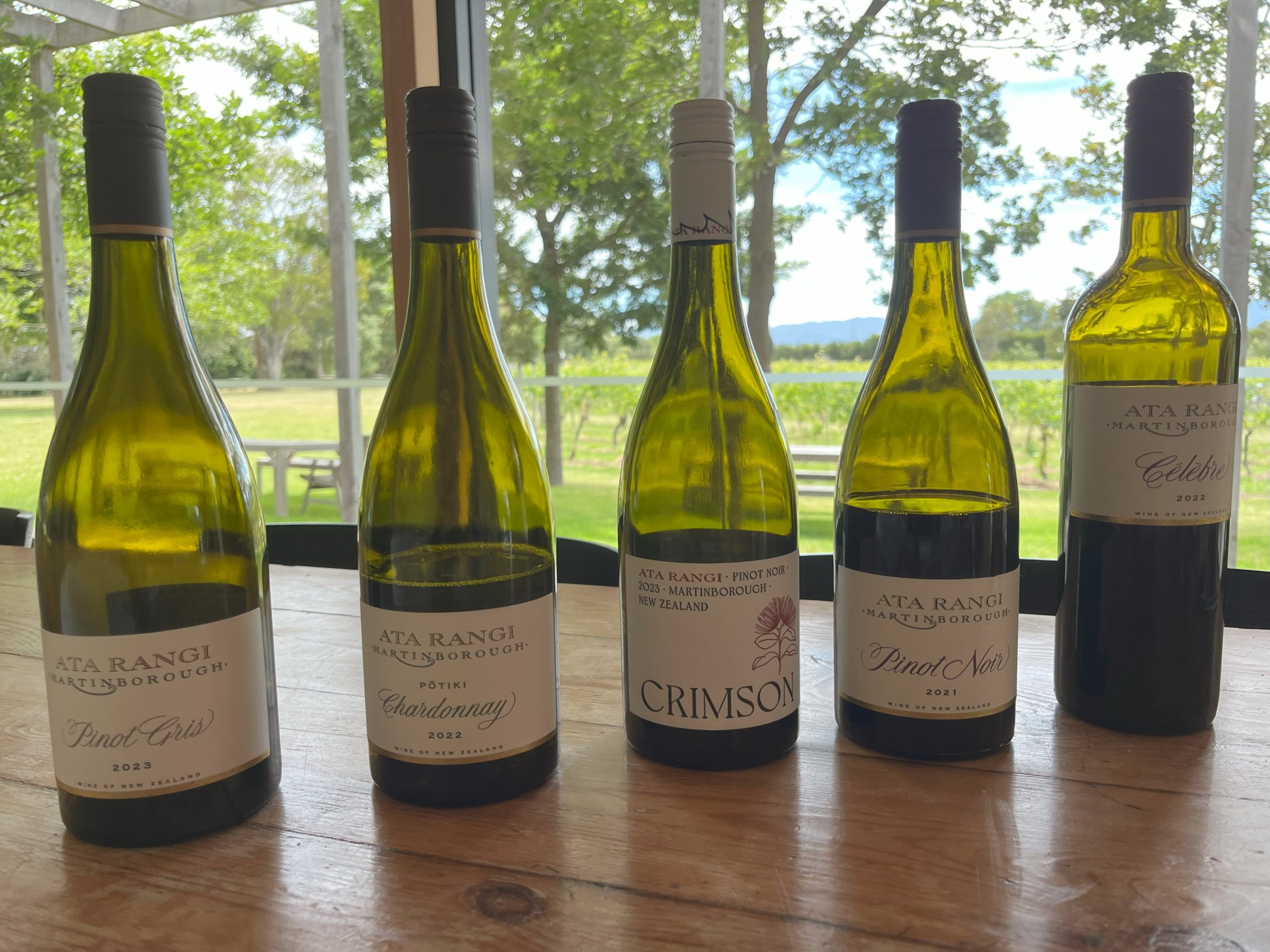I have recently been in New Zealand, where 90% of wine bottles is sealed with screw caps. Not only in supermarkets or cheap bars, but also in top notch wineries and fancy restaurants. So, I started asking questions around during my stay and also read some literature on the Internet about this topic.
Are screw caps good or bad for wine?
What is certain is that screw caps are more sustainable, more cost effective, easier to open and close and also prevent some wine faults like cork taint (a sort of disease that affects corks and causes bad aromas in wine).
Pioneers of the screw cap movement were the Australians back in 2000 when a group of winemakers from Claire Valley decided to bottle their entire Riesling production with screw caps only. A year later, a bunch on New Zealand winemakers followed their path by establishing the New Zealand Screwcap Wine Seal Initiative.
After scientific studies and blind tastings they realized that wine sealed with screw caps not only tasted the same of the wine sealed with corks but in most cases more fresh, consistent and with no faults.
The main concern around screw caps has always been maturation – that period of time when the wine matures and changes in the bottle to develop new flavors and soften up.
According to the cork supporters, cork is better because it lets the wine “breathe”, that’s to say allows oxygen in the bottle and oxygen is needed for a better maturation and desired flavor profile. According to the screw cap supporters, though, you don’t need oxygen for a wine to mature well but the absence of it. The seal seems to help the wine to stay stable and fresh for ages.
For sure, such young wine industries like New Zealand or Australia are paving the way. Looks like the United States and Europe are still a little skeptical, especially for the aesthetic part of it and how it will affect service at the restaurant for instance.
But there are good signs. According to researchers, at least 30% of wine in the world is sealed with screw caps and we will see this trend grow more and more in the future.
[Picture taken at Ata Rangi in Martinborough, NZ, during my Pinot Noir tasting experience]


Leave a Reply